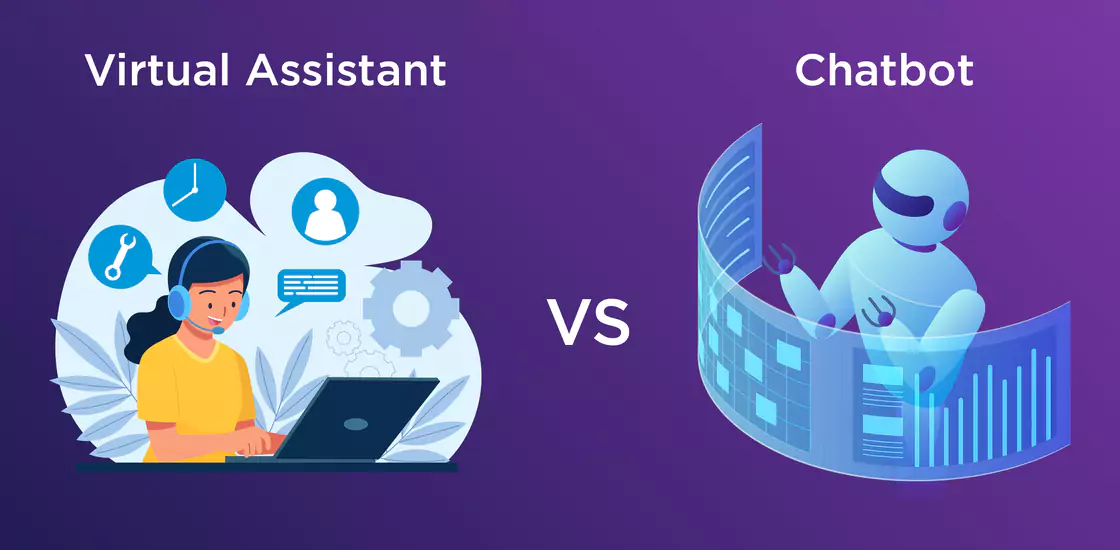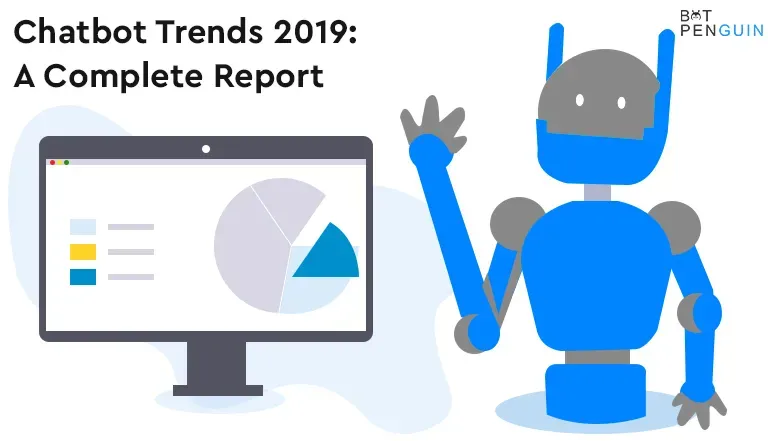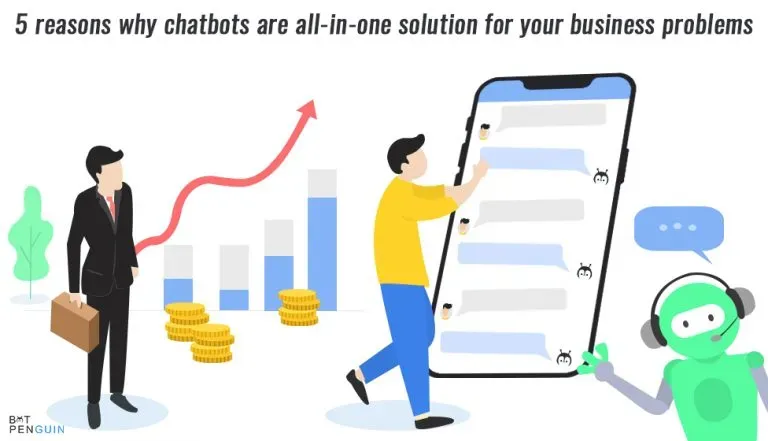In the world of artificial intelligence (AI), chatbots and virtual assistants are two popular terms that are too often used interchangeably, even though they mean two different things.
Your understanding of these artificial intelligence (AI) applications needs to be updated if chatbots and virtual assistants are synonymous in your mind.
In reality, employees must understand a significant distinction between the two before an organization implements chatbots or virtual assistants.
By 2023, 70% of white-collar workers will interact with conversational platforms daily.
Chatbots and virtual assistants have ripened AI fruits that businesses actively and significantly utilize to automate internal business processes.
We must acknowledge that these AI applications are impacting organizations and our personal lives. However, these two 'intelligent' applications are frequently mixed up.
They are strikingly similar to one another.
The primary distinction between a chatbot and a virtual assistant is one of design and purpose.
In this article, we will distinguish between chatbots and virtual assistants.
Humans, bots, and virtual readers are all welcome!
Key Benefits of Chatbots
- A chatbot operates at a significantly lower cost than a virtual assistant.
- Chatbots are designed to comprehend natural language in the same way that humans do.
- Chatbots are more practical, effective, and quick than having an actual physical assistant.
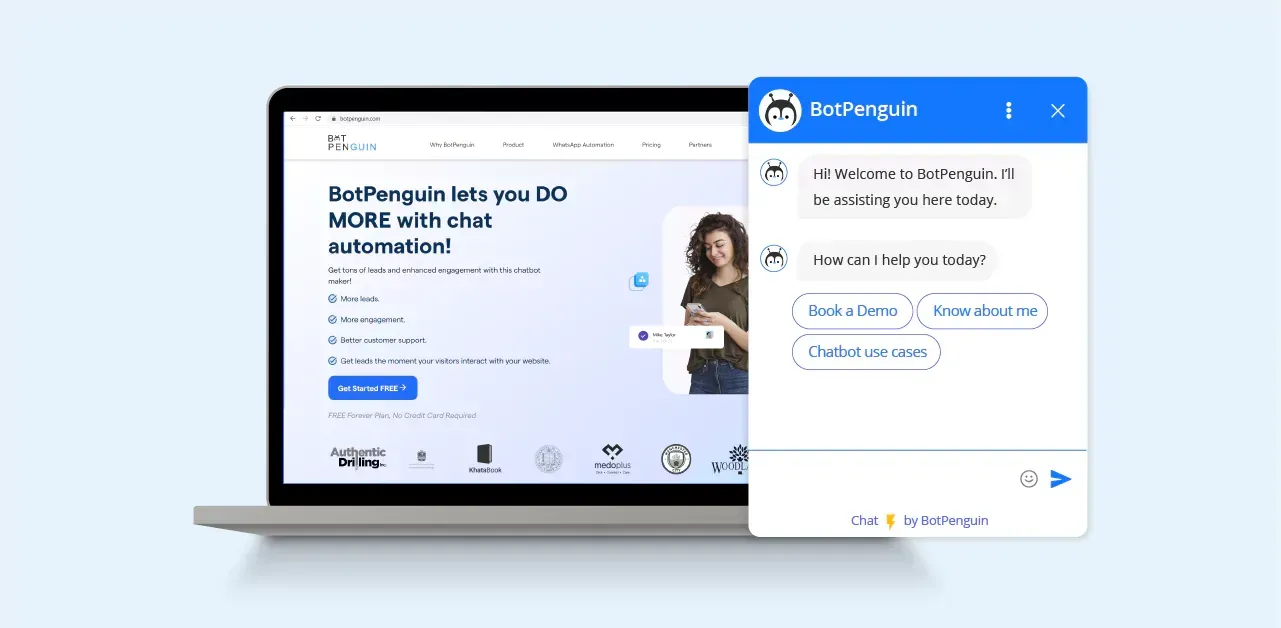
Key Benefits of Virtual Assistant
- They can take over tiresome and repetitive tasks, giving you more time to focus on crucial tasks.
- They can work continuously for a full seven days a week. Additionally, they don't get tired or sick or request time off.
- Virtual AI assistants can reduce your workload and increase revenue.
- Automating the customer onboarding process offers better customer engagement and service.
Note: A virtual assistant and a chatbot will need a committed team and funding, but a chatbot can be run with much less.
Key Differences between Chatbots & Virtual Assistants
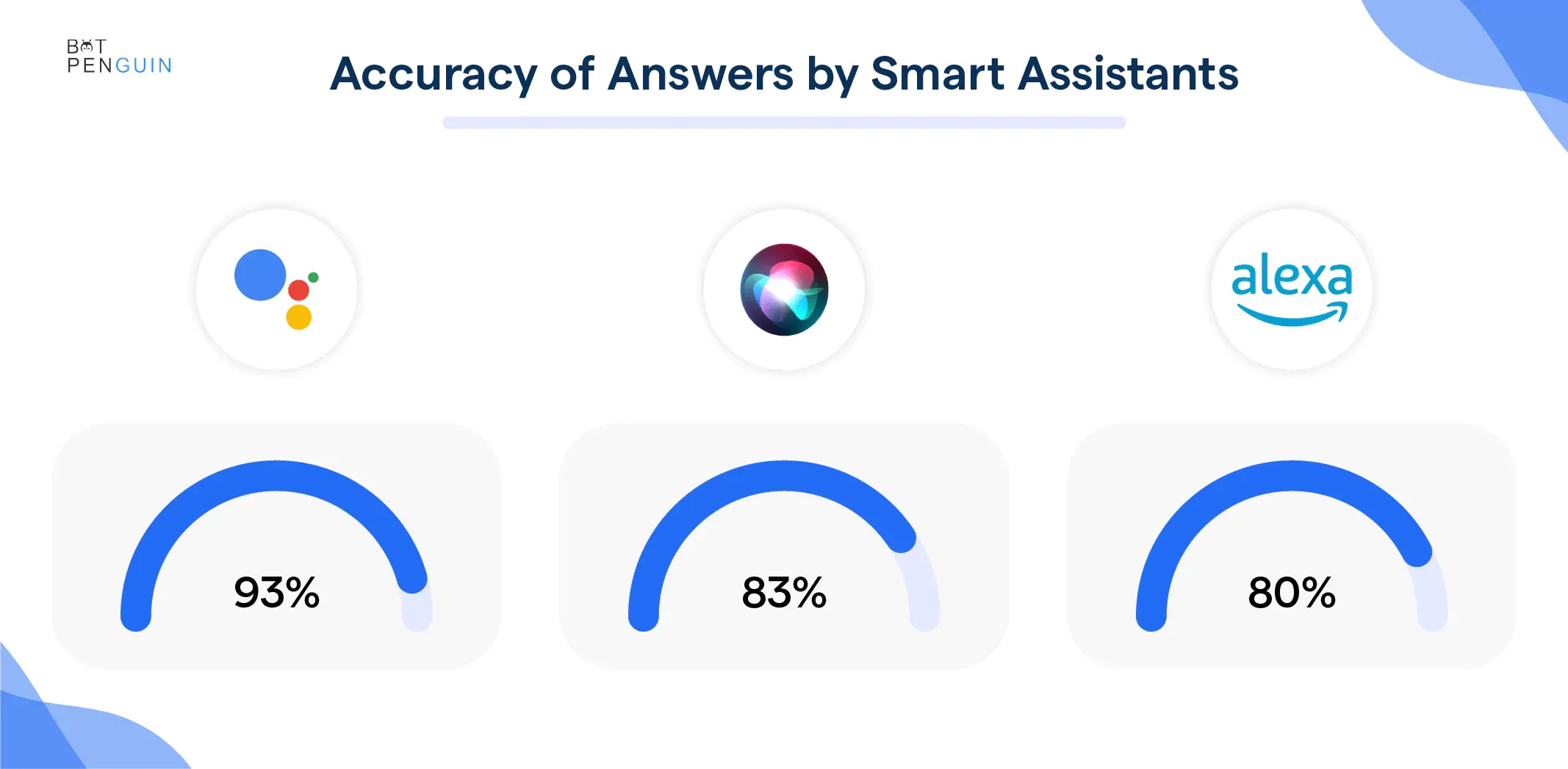
1. Chatbot Vs. Virtual Assistant: Basics
Chatbots are general-purpose, stand-alone conversational agents that provide basic, cross-application conversational support to live human agents via text or audio.
Chatbots are virtual advisors, assistants, or agents that allow users to interact with services and brands through their preferred messaging apps.
On the other hand, a virtual assistant is a software-based personal assistant that performs tasks such as managing a calendar, setting alarms, sending texts, making phone calls, and playing music.
2. Chatbot Vs. Virtual Assistant: Accuracy
While both chatbots and virtual assistants are valuable tools in our daily lives, chatbots lack a basic understanding of human emotions.
Chatbots only understand site-specific terminology and are programmed to respond to questions and statements based on what they have learned.
Virtual assistants, on the other hand, use powerful natural language processing to interact with us more human-like.
They provide increased efficiency and accuracy with little or no margin for error.
Chatbots pale in comparison to virtual assistants.
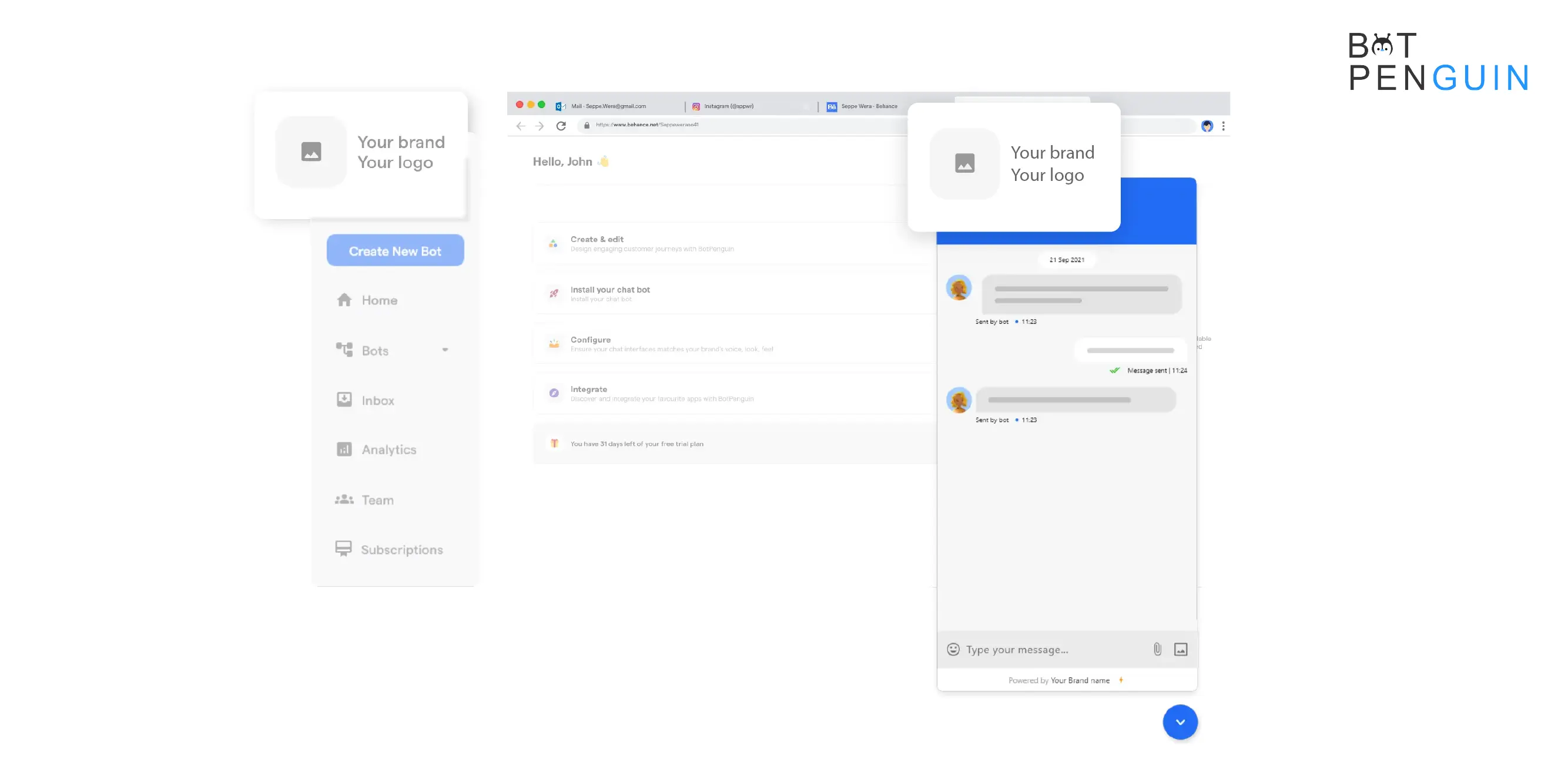
3. Chatbot Vs. Virtual Assistant: Technology
There are mainly 3 types of chatbot technologies:
- Rule-based chatbots: Traditionally, chatbots could only execute rule-based programs (hence the name rule-based chatbots).
- Intellectually independent chatbots: Machine Language (ML) powered chatbots that are designed to thoroughly understand customer requests and inputs (with some initial training).
- Contextual chatbots: These advanced chatbots are powered by AI, machine learning (ML), and natural language processing (NLP). Chatbots can use this technology to continuously learn, provide accurate responses, and retain context to personalize conversations.
However, the technology that powers virtual assistants is nearly identical to a contextual chatbot.
On the other hand, virtual assistants have artificial emotional intelligence and advanced natural language understanding (NLU), allowing them to understand natural language commands better.
4. Chatbot Vs. Virtual Assistant: Core Functionality
A chatbot's functions can be broadly classified into the two categories listed below:
- Assist businesses and customers: Businesses build and deploy chatbots to assist customer service, sales, and marketing teams. There are numerous chatbot applications across industries, but the most important functionality is to improve customer engagement.
- Serve as an experiential platform: Chatbots are used outside of the business context to provide a platform for various services.
These chatbots are also used to improve the user experience. Virtual assistants can also assist with reading instructions or recipes, providing weather updates, and engaging the user in a casual or fun conversation.
Wrapping it up
As chatbot and virtual assistant technology advances, their distinctions become increasingly blurred and difficult to distinguish.
Both technologies will likely be merged into one in the coming years, with the names becoming interchangeable.
Chatbots have been extremely successful in the finance, banking, legal, and health sectors.
They are becoming coworkers by assisting other employees with mundane and tedious tasks.
Chatbots, however, lag behind virtual assistants in terms of context, intellect, and intelligence.
Virtual assistants such as Siri and Alexa are more advanced types of voice bots that can perform a broader range of functions with greater accuracy and efficiency.
Include your live sales force and customer service team in the planning, whether you're just getting started with chatbots or scaling up for virtual agents.
BotPenguin is an intelligent AI chatbot that communicates with your prospects and customers in real-time and is here to take your business to new heights.
So what are you waiting for? Go and grab the offers soon.
